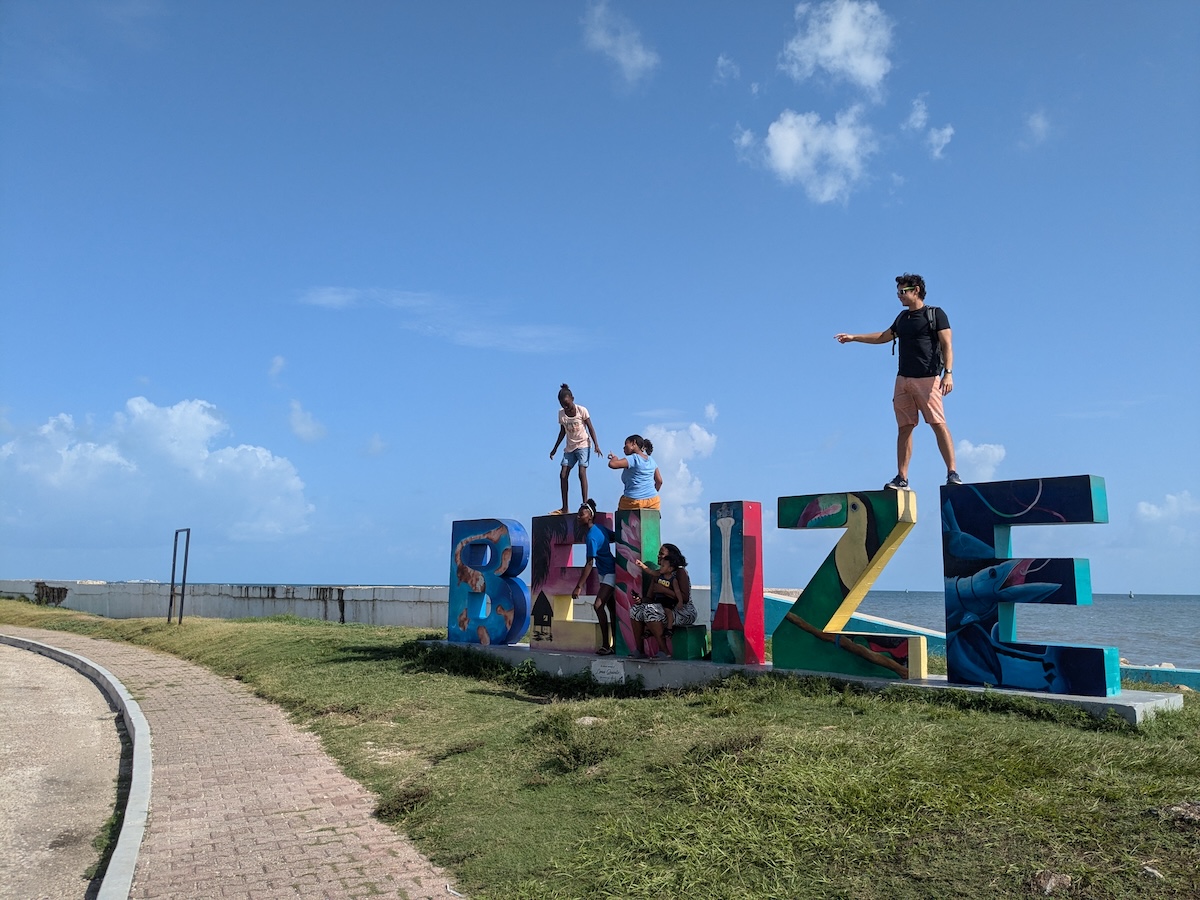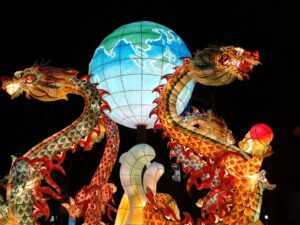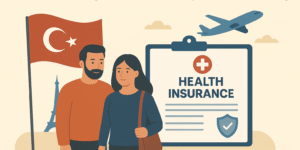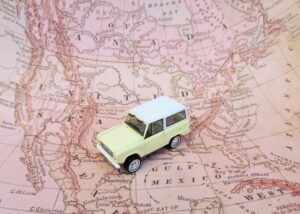I didn’t just go to Nicaragua; I felt it. I felt it in the rumble of volcanoes under my feet, the freedom of an open road, and the overwhelming warmth of its people. It’s a country that’s raw, authentic, and fiercely beautiful. For this adventure, I decided to trade shuttle buses for the ultimate freedom: a rental car. This is my story of one unforgettable week exploring the land of lakes and volcanoes on my own terms.
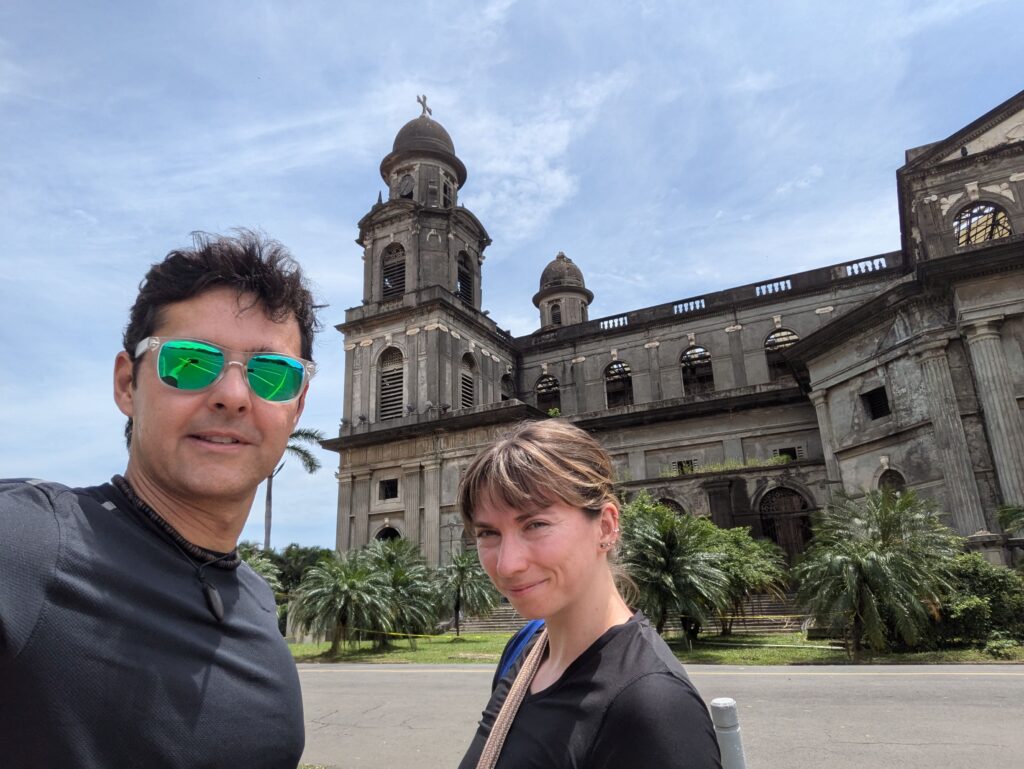
Why Nicaragua?
After months of scrolling through pictures of Costa Rica’s crowds and prices, my eye drifted north on the map. Nicaragua promised similar volcanic landscapes, pristine beaches, and colonial charm, but with a fraction of the tourists and a much smaller hit to my wallet. It felt like discovering a secret—one I’m now happily sharing.
Plus, since I have already been to Costa Rica and wanted a stopover in Central America on the way to Brazil to visit my family, Nicaragua seemed the perfect destination.
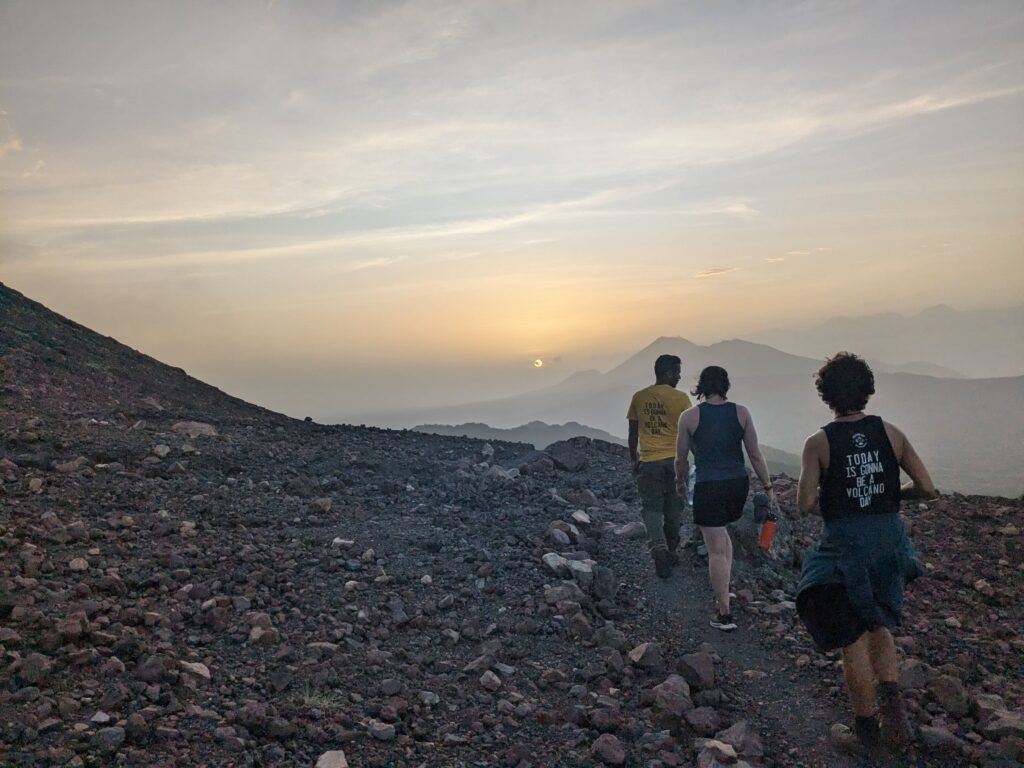
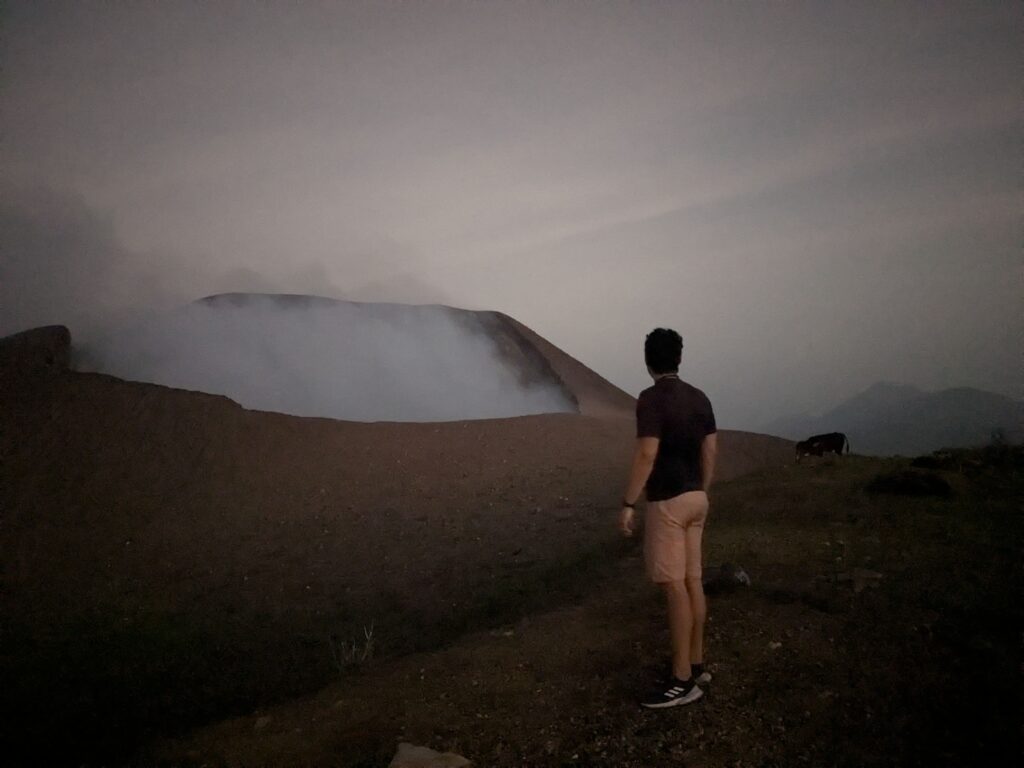
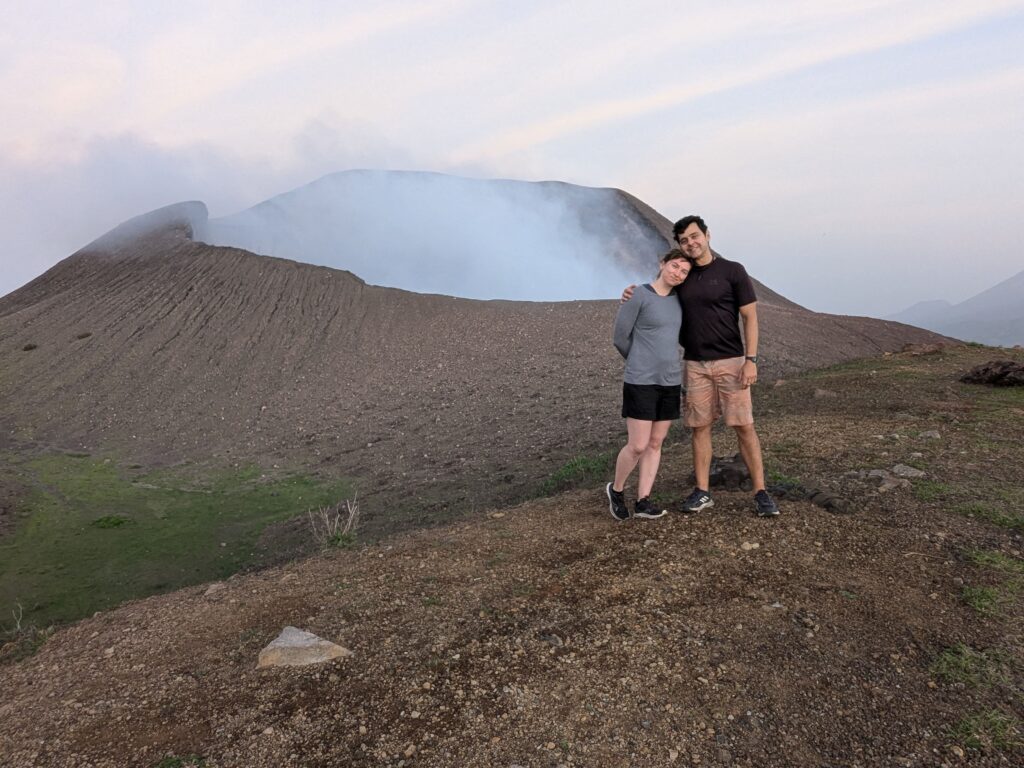
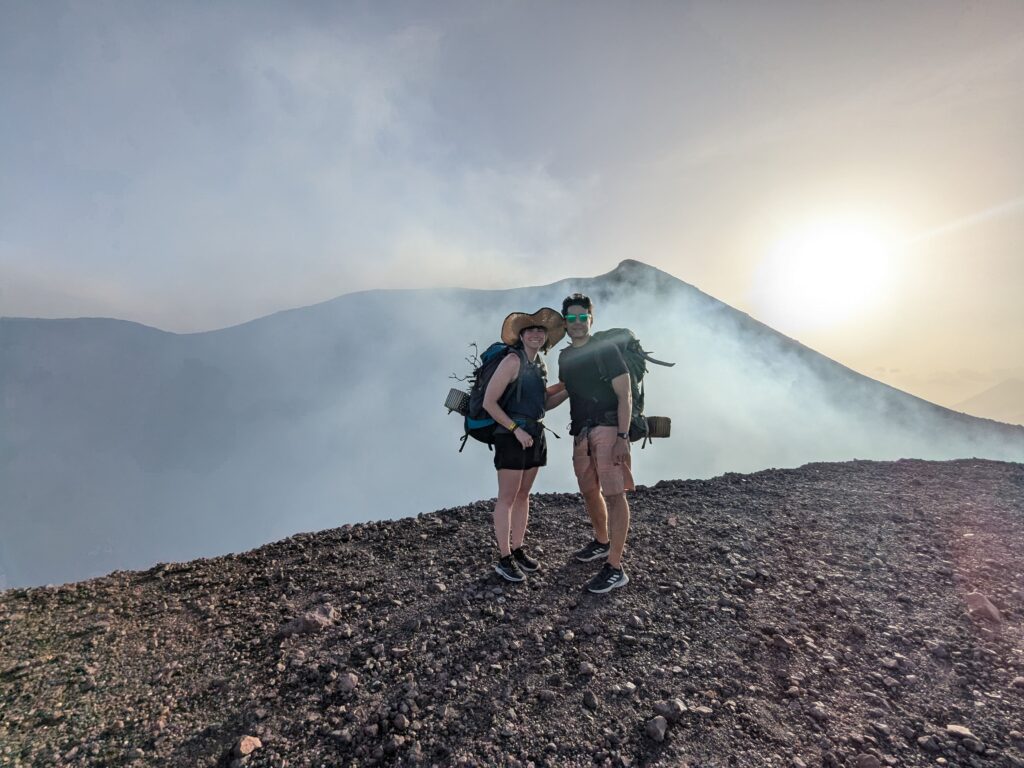
Why Drive in Nicaragua?
Everyone told me to take shuttles. “The driving is crazy!” they said. But I craved the flexibility to stop when I wanted, explore hidden turns, and not be tied to a schedule. And you know what? It was the best decision I made. With a good map, a sense of adventure, and these tips, driving in Nicaragua is not only manageable—it’s exhilarating.
The driving is actually not that crazy at all! The roads are mostly great and usually without traffic. The only place we got some traffic jams was in Managua.
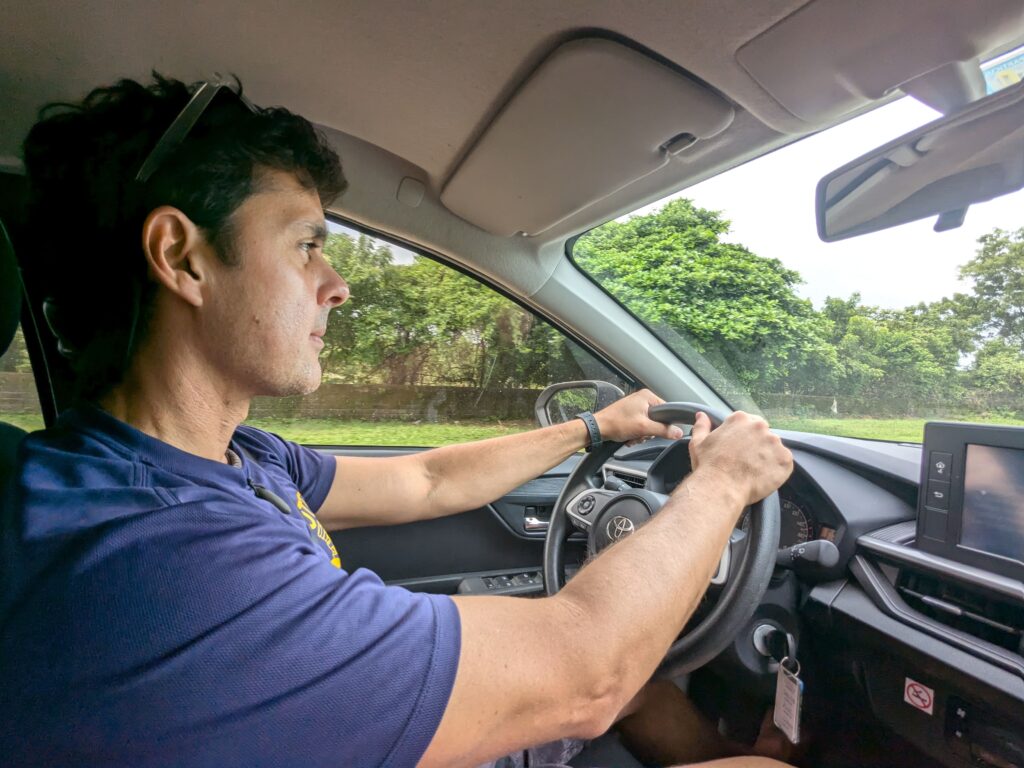

My 7-Day Nicaragua Road Trip Itinerary (Round-Trip from Managua)
I flew into and out of Augusto C. Sandino International Airport (MGA). I had pre-booked an economy car online and picked it up right at the airport. Pro Tip: Get the full insurance. It’s worth the peace of mind.
It was actually super cheap. Like $7 USD per day! If you want to know how I found this deal, take a look at my article with the 7 Cheapest Websites to Search and Book your Rental Car.
Day 1: Touchdown, Wheels Down, and Colonial Dreams
I landed in Managua, navigated customs, and found my rental agency desk in the arrivals hall. After a thorough inspection of the car (I took photos of everything), I plugged Granada into my offline maps and hit the road.
Stepping out in Granada was like walking into a postcard. The city is a kaleidoscope of colorful colonial buildings centered around a vibrant Parque Central. I spent the afternoon getting lost on cobblestone streets, admiring the iconic yellow facade of the Granada Cathedral, and climbing the bell tower of La Merced Church for a breathtaking panoramic view of the city and Lake Nicaragua. My day ended with a cold Toña (the local beer) on a rooftop, watching the sun set over the red-tiled roofs.
- Sleep: I stayed at a lovely guesthouse, but Granada has options from hostels to luxury hotels.
- Eat: Don’t miss the vibrant mercado for a truly local lunch experience.
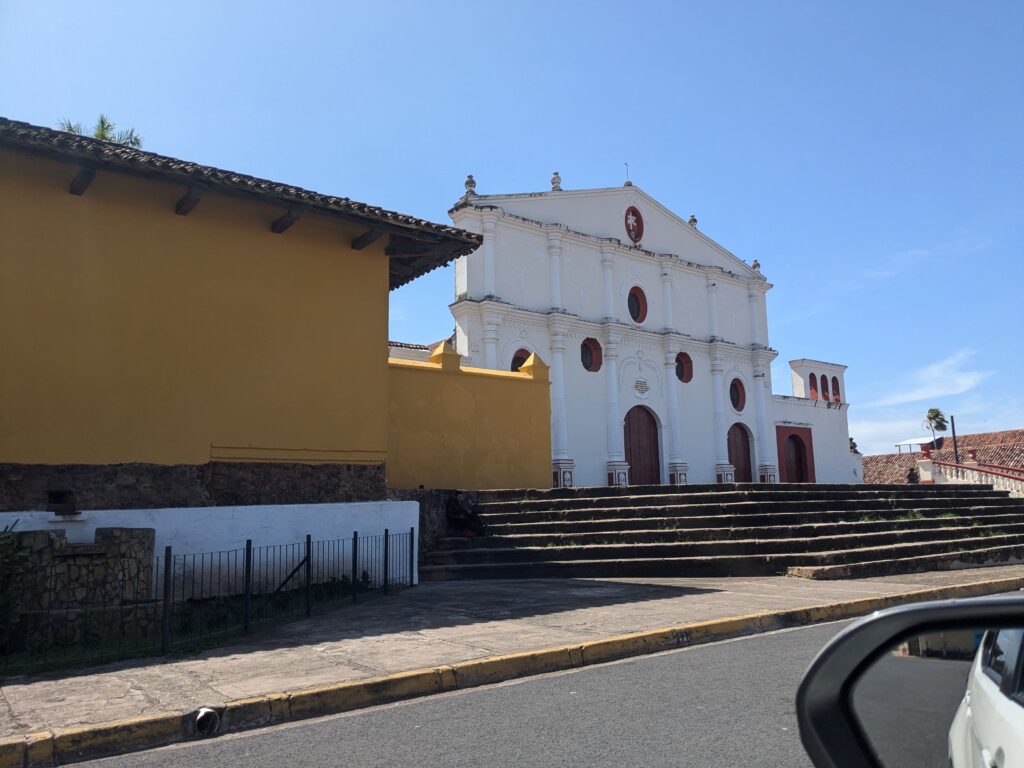
Day 2: Volcano Boarding and Island Freedom
This was the day I checked something insane off my bucket list: volcano boarding on Cerro Negro. While the volcano is near León, many companies offer day trips from Granada. After a grueling but fun hike up the black gravel slopes in a provided orange jumpsuit, I stared down the 45-degree slope. Sitting on a thin wooden board, I pushed off. It was a minute of pure, unadulterated adrenaline, hitting speeds of over 50 km/h. An absolute must-do!
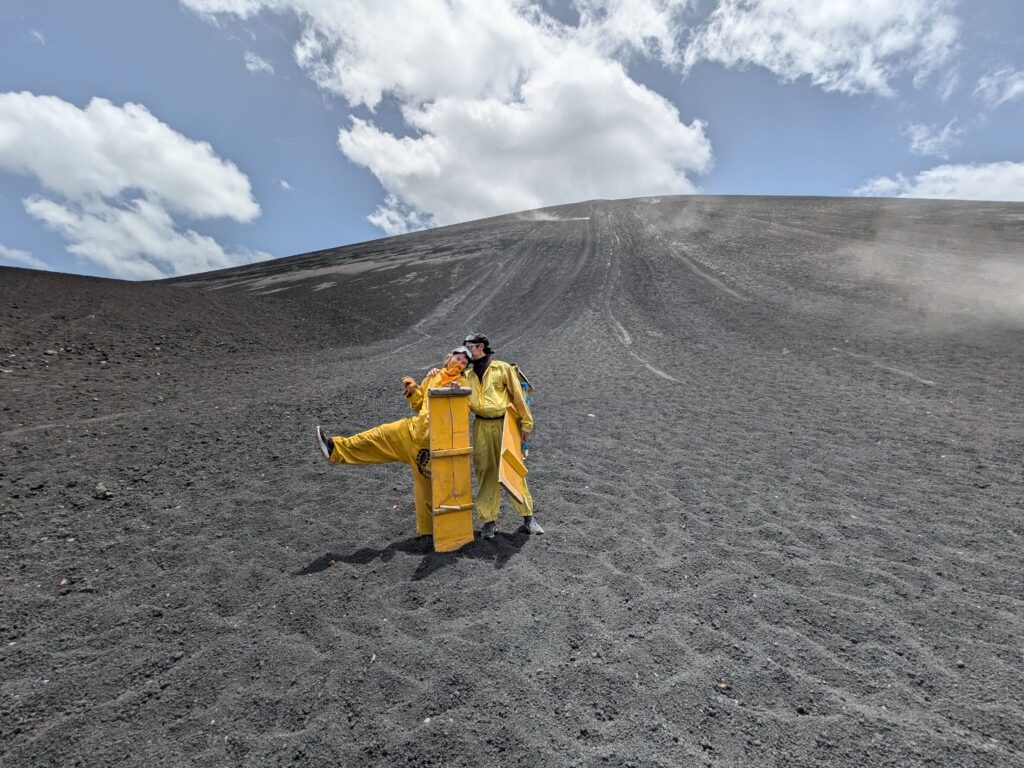
In the afternoon, I took a relaxed boat tour through the Isletas de Granada, hundreds of tiny islands formed by a volcanic eruption millennia ago. We waved to locals, spotted exotic birds, and even saw the infamous “Monkey Island.”
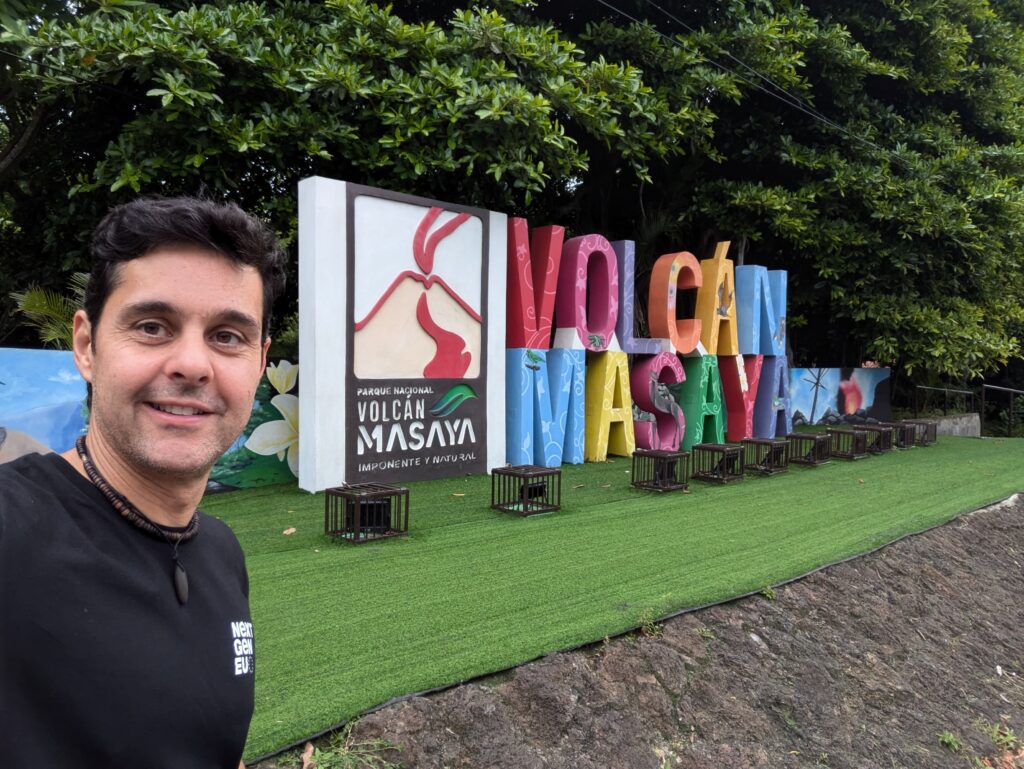
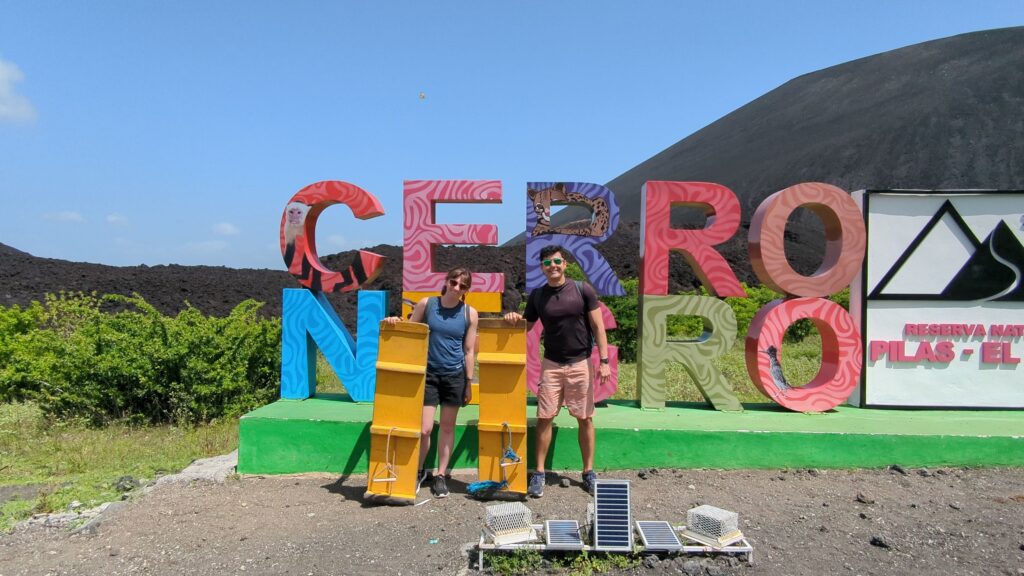
Day 3: The Revolutionary Heart of León
Today was a driving day. The journey from Granada to León is about 2.5 hours on good roads. If Granada is Nicaragua’s polished colonial gem, León is its gritty, revolutionary heart. This city is the country’s intellectual and political center, covered in powerful murals and steeped in history.
I dedicated my afternoon to a political and cultural walking tour. This was the most profound experience of my trip. A local guide (often a university student) took us through the streets, explaining the stories behind the stunning murals that depict Nicaragua’s turbulent history, from the Sandinista revolution to more recent events. We visited the infamous XXI Jail, a former prison now a museum and art space, and learned about the city’s resilient spirit. The tour wasn’t about taking sides; it was about understanding, and it provided crucial context for the rest of my journey.
- Don’t Miss: Climbing the white-washed roof of the magnificent León Cathedral for unparalleled views of the city’s churches and the surrounding chain of volcanoes.
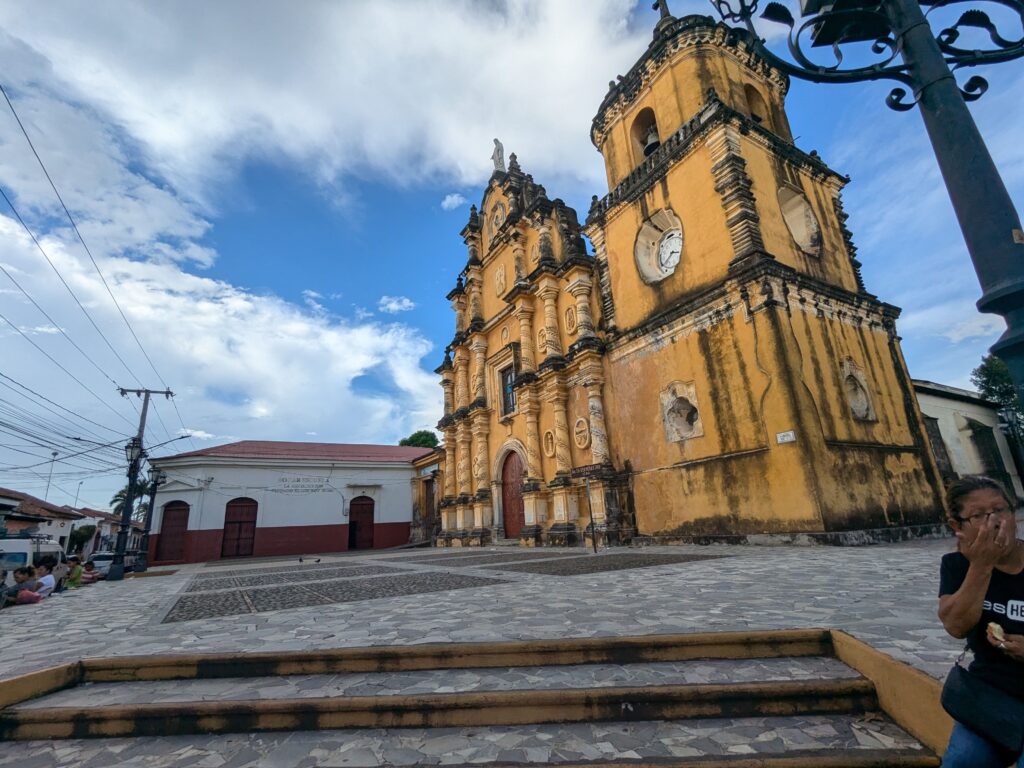

Day 4: The Oasis of Ometepe
This was the big drive: from León to the port of San Jorge (about 2.5 hours). I arrived early, bought my ticket for the car ferry (yes, you can take your rental car to Ometepe!), and drove right onto the boat. It was a fantastic experience.
Driving onto Isla de Ometepe was a game-changer. While others rented scooters or hired taxis, I had my car already. I could explore the island’s rough dirt roads on my own schedule, from the petroglyph fields to the remote Ojo de Agua spring, all with my gear safely in the trunk.
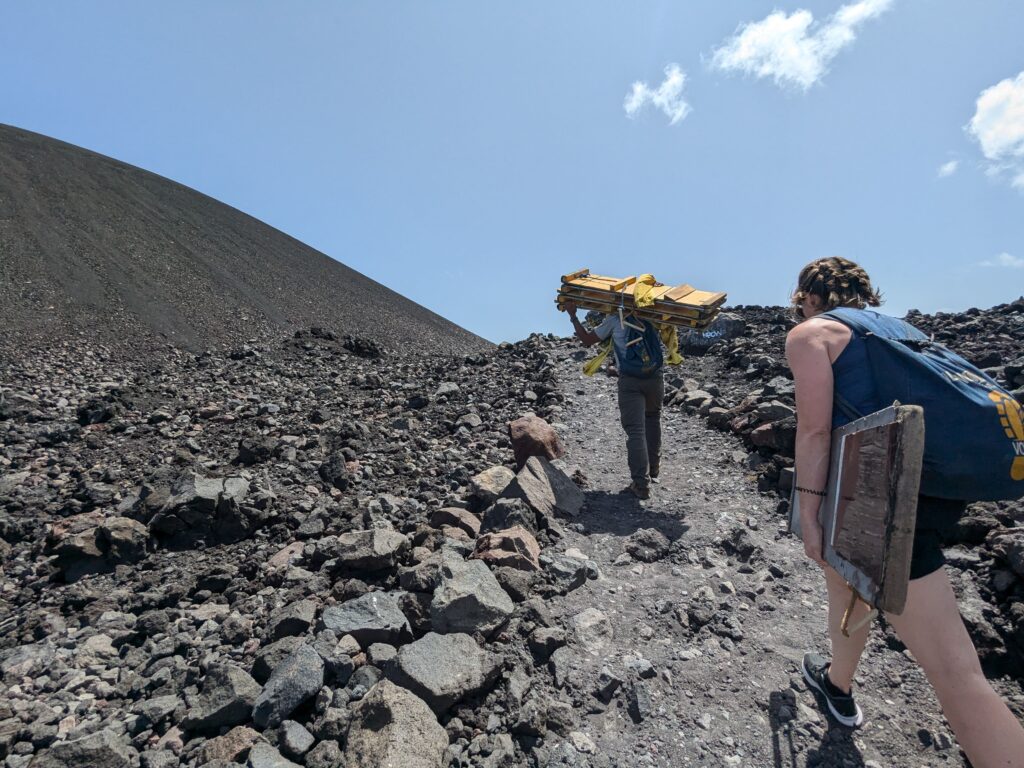
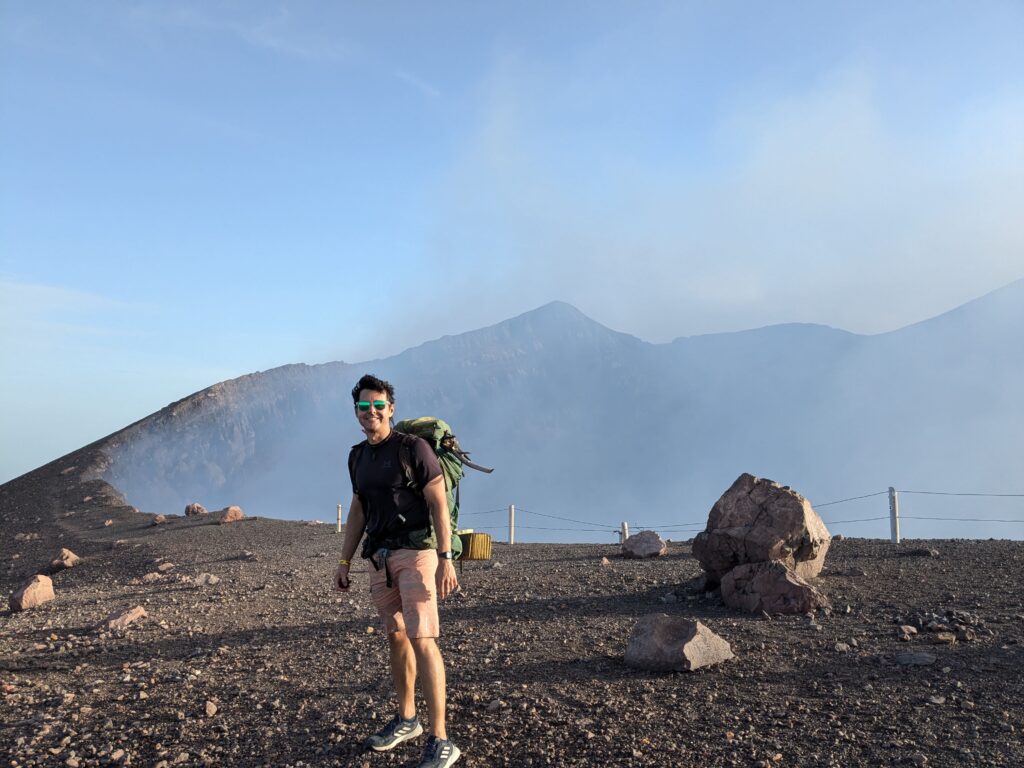
Day 5: Waterfalls and Unplanned Adventures
With my car, I dedicated my second day on Ometepe to a full island circumnavigation. I I dedicated my full day on Ometepe to exploration. I started with a visit to the Ojo de Agua, a natural spring pool nestled in the jungle—the perfect place to cool off. Afterwards, I hunted for ancient petroglyphs left by pre-Columbian civilizations, which are scattered all over the island.
In the afternoon, I mustered my energy for the hike to San Ramón Waterfall. The trek through lush rainforest was challenging but worth it for the stunning sight of the cascading water. I took the late afternoon ferry back to the mainland and caught a pre-arranged shuttle to my next stop: San Juan del Sur.
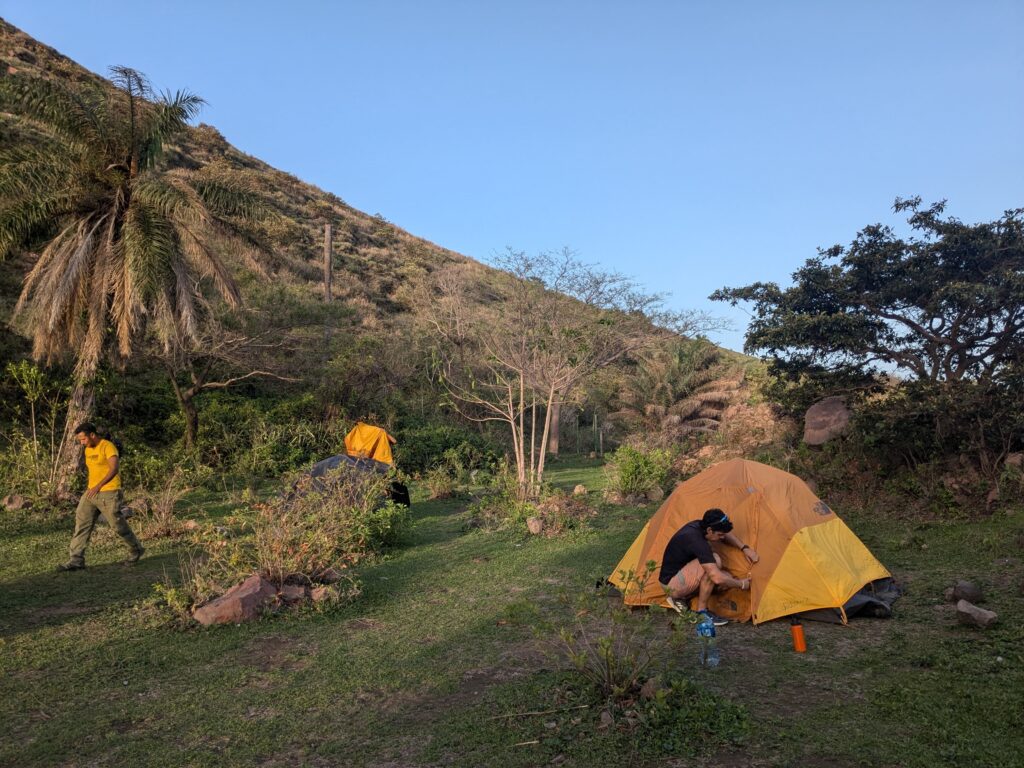
Day 6: Beach Hopping the Pacific Coast
San Juan del Sur is the gateway to some of Nicaragua’s best beaches. I joined a classic beach-hopping tour, which took us to several remote beaches like Playa Maderas and Playa Hermosa. I spent the day surfing the beginner-friendly waves, lounging in the sand, and drinking fresh coconuts. It was the perfect day of pure, uncomplicated bliss after so much exploration.
That evening, I joined the daily pilgrimage to the Christ of the Mercy statue for the best sunset view of the bay and the Pacific Ocean.
Day 7: Return to the Capital & Exploring Managua
After a final beachside breakfast, I began the scenic 2.5-hour drive back to Managua. Instead of heading straight to the airport, I checked into a hotel near the Zona Hippos (the safe tourist zone) and used my last afternoon to explore the capital.
Managua is a city that doesn’t reveal itself easily. It was largely rebuilt after a devastating 1972 earthquake, so it feels more sprawling and modern than Granada or León. I used the car to visit key sites:
- The Old Cathedral (Catedral de Santiago): A haunting, earthquake-damaged shell that stands as a powerful monument near the new lakefront park, Puerto Salvador Allende.

- Loma de Tiscapa: A hilltop park offering the best panoramic views of the city and lake, dominated by the iconic silhouette of Augusto Sandino’s silhouette. It’s also home to the ruins of the former Somoza dictatorship prison.
- The Malecón: I drove along the new lakefront boardwalk, seeing families out enjoying the evening.
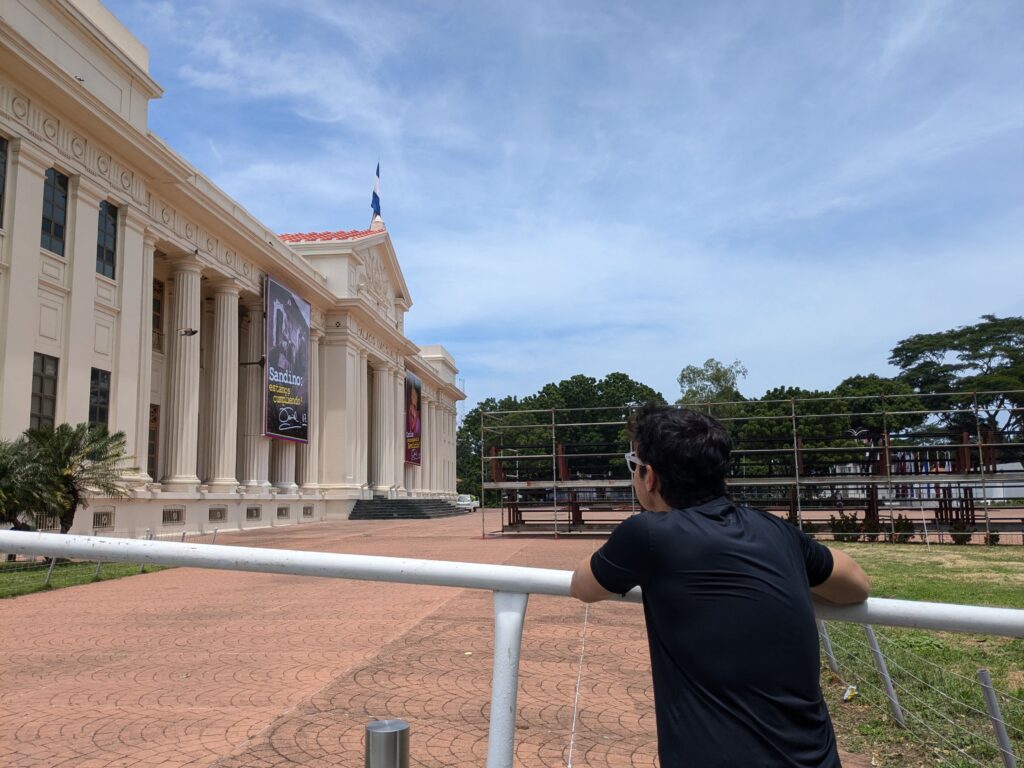
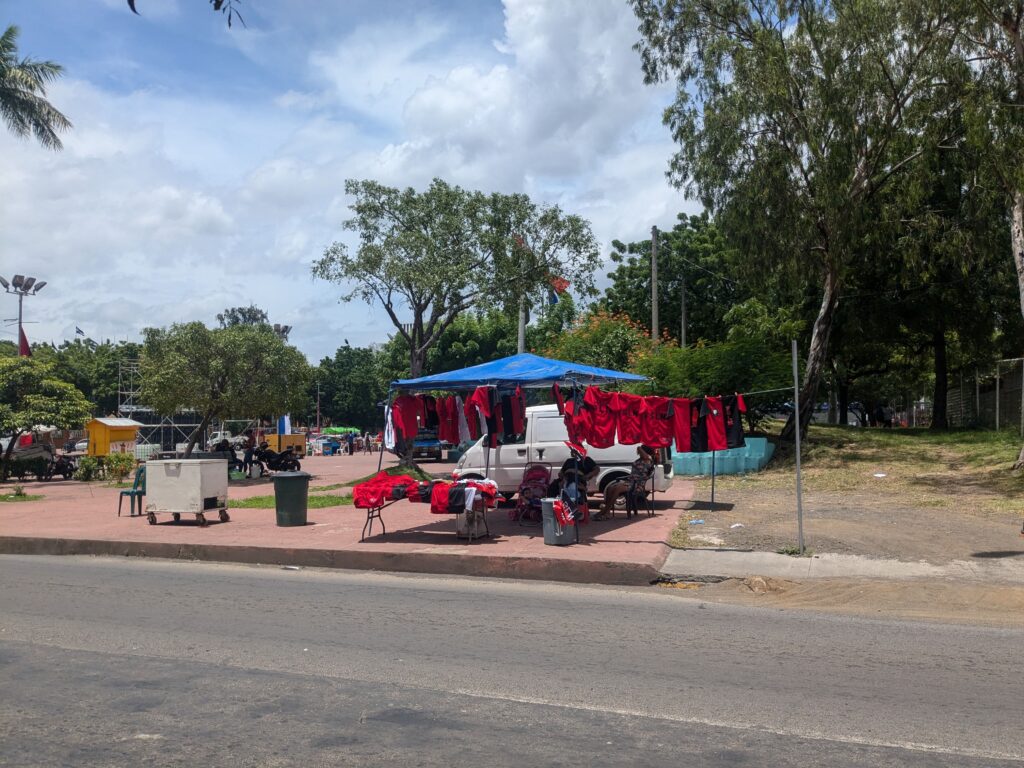
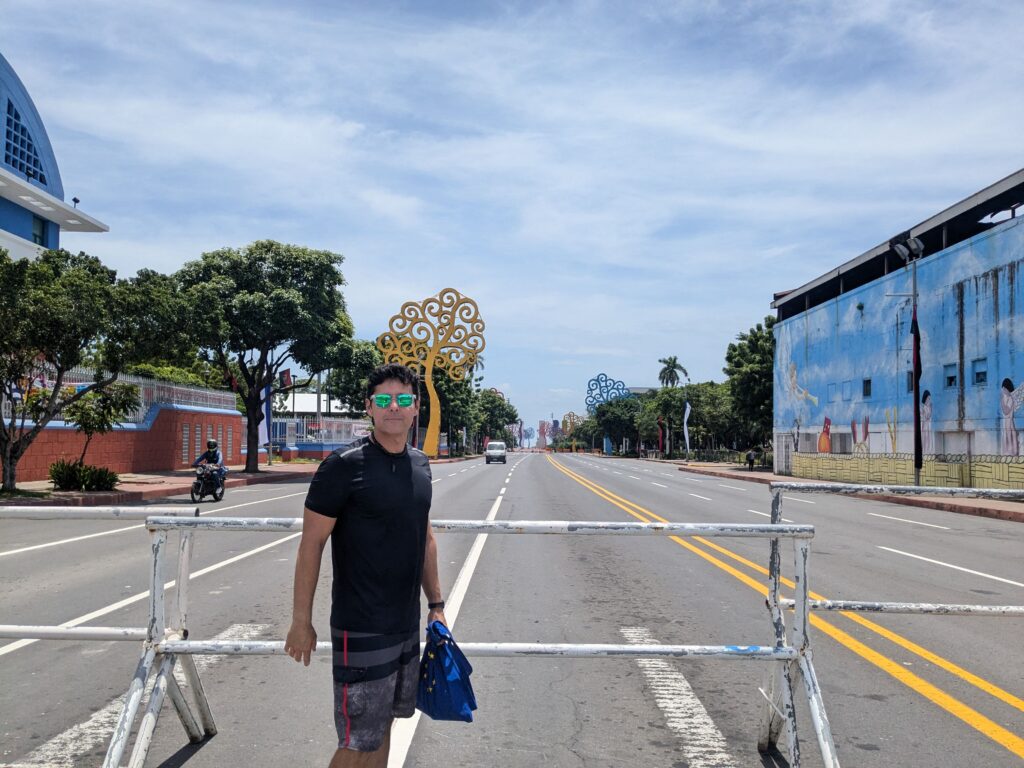
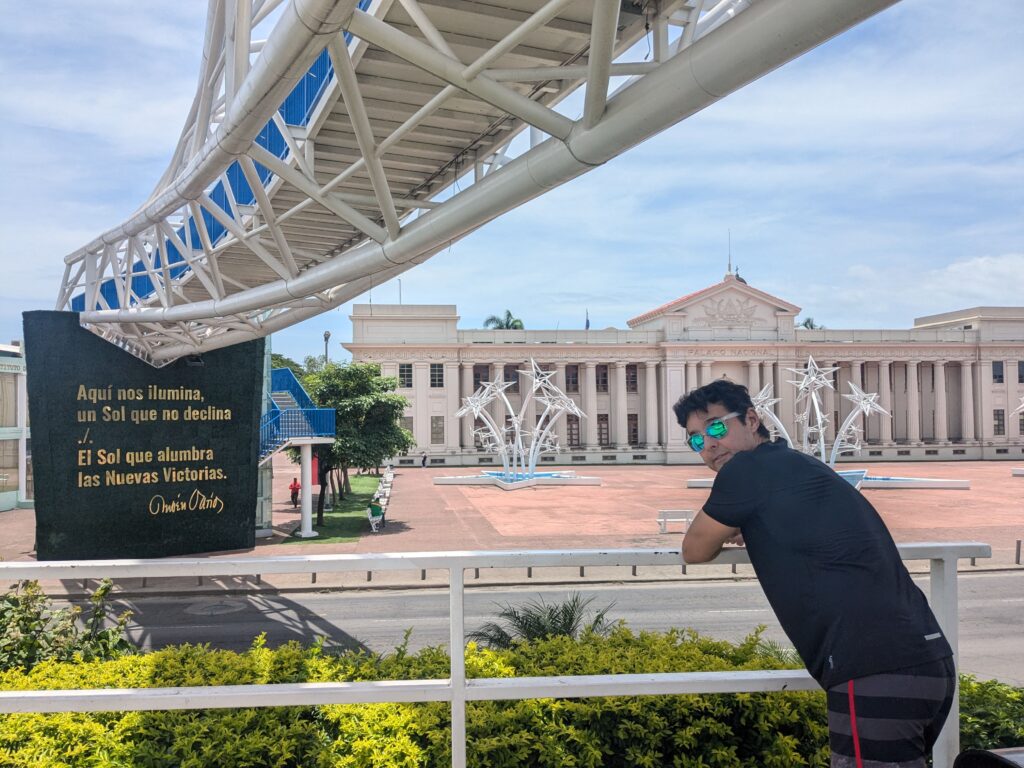
Exploring Managua provided crucial, modern context to the historical stories I learned in León. It’s a city of resilience.

Essential Nicaragua Travel Tips from My Experience
Safety: Is Nicaragua Safe?
This is the biggest question I got. My personal experience was overwhelmingly positive. I never felt threatened or unsafe. The people are incredibly kind and welcoming. However, you must exercise common sense:
- Don’t flash expensive jewelry or cameras.
- Avoid walking alone on dark, isolated beaches or streets at night.
- Use authorized taxis. Ask your hostel/hotel to call one for you.
- Pay attention to your government’s travel advisories and be aware of the current political climate, as it can shift.
Government & Political Climate (Especially for León)
Nicaragua is governed by President Daniel Ortega. León’s political tours provide deep, on-the-ground context for this complex situation. While I saw no signs of unrest during my visit, it’s crucial to stay informed about current events before and during your trip.
Avoid any and all political demonstrations. Be respectful in conversations and when taking photos of murals or political sites.

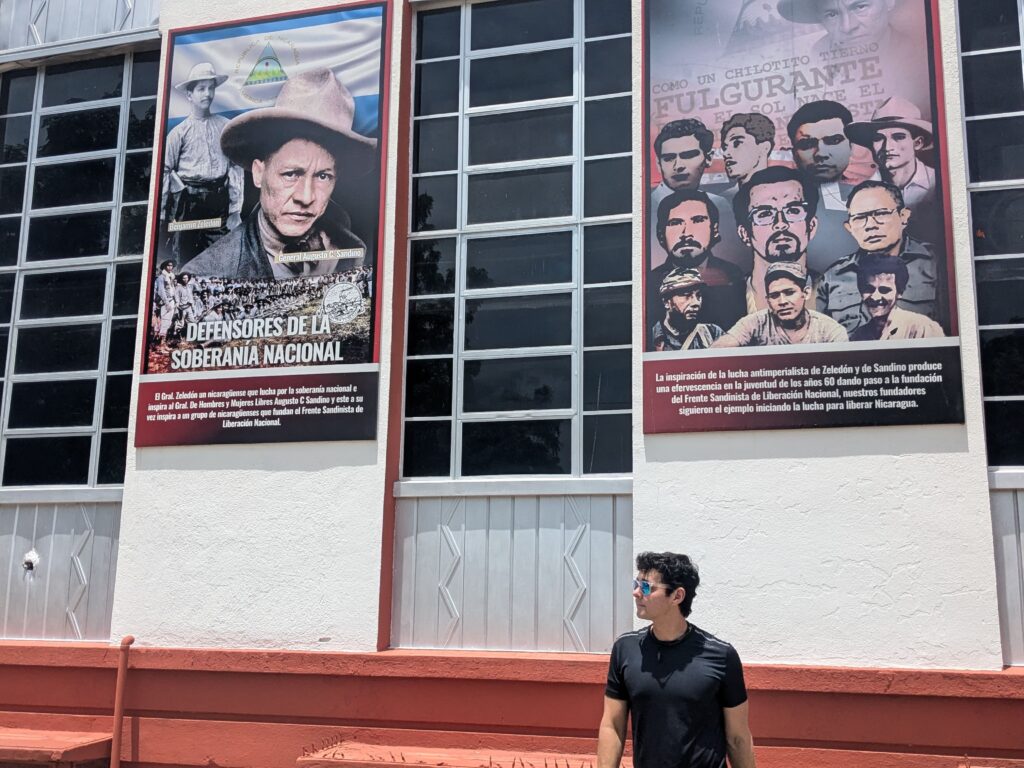
Getting Around
- Rental Car: I loved the freedom. Drive only during daylight and be extremely cautious—local driving customs are… assertive. Always get full insurance.
- Shuttles: They connect all major destinations. Bookable through hostels or online.
- Taxis: Cheap and plentiful in cities. Always negotiate the price before you get in.
- Chicken Buses: For the truly adventurous! These are old US school buses, packed with people, music, and life. Not for everyone, but a wild cultural experience.
Staying Connected: SIM Cards
I bought a Claro SIM card at a kiosk in the Managua airport the moment I landed. It was cheap (around $5-10 for a plan with data) and had decent coverage almost everywhere I went, except for some remote parts of Ometepe. You’ll need to show your passport to register it.
Money Matters
- The currency is the Córdoba (C$). US dollars are widely accepted in tourist areas, but you’ll often get change in córdobas. Use local currency for a better rate at local markets.
- ATMs are available in all major towns. Inform your bank you’re traveling!
- Credit cards are accepted in higher-end hotels and restaurants, but cash is king.
Other Quick Tips
- Language: Spanish is the language. Learning a few basic phrases (Hola, Gracias, Cuánto cuesta?) will go a very long way and is greatly appreciated.
- Water: Do not drink tap water. Drink only bottled or filtered water.
- Food: Eat the gallo pinto! It’s delicious and cheap. Be cautious with street food if you have a sensitive stomach.

- Packing: Pack light, breathable clothing, a solid rain jacket, broken-in hiking shoes, sandals, and swimwear. Sunscreen and bug spray are expensive there, so bring your own.
Nicaragua captured a piece of my heart. It’s a country that demands a little more from a traveler—a sense of adventure, flexibility, and an open mind. In return, it gives you an experience that feels truly earned and utterly unforgettable.
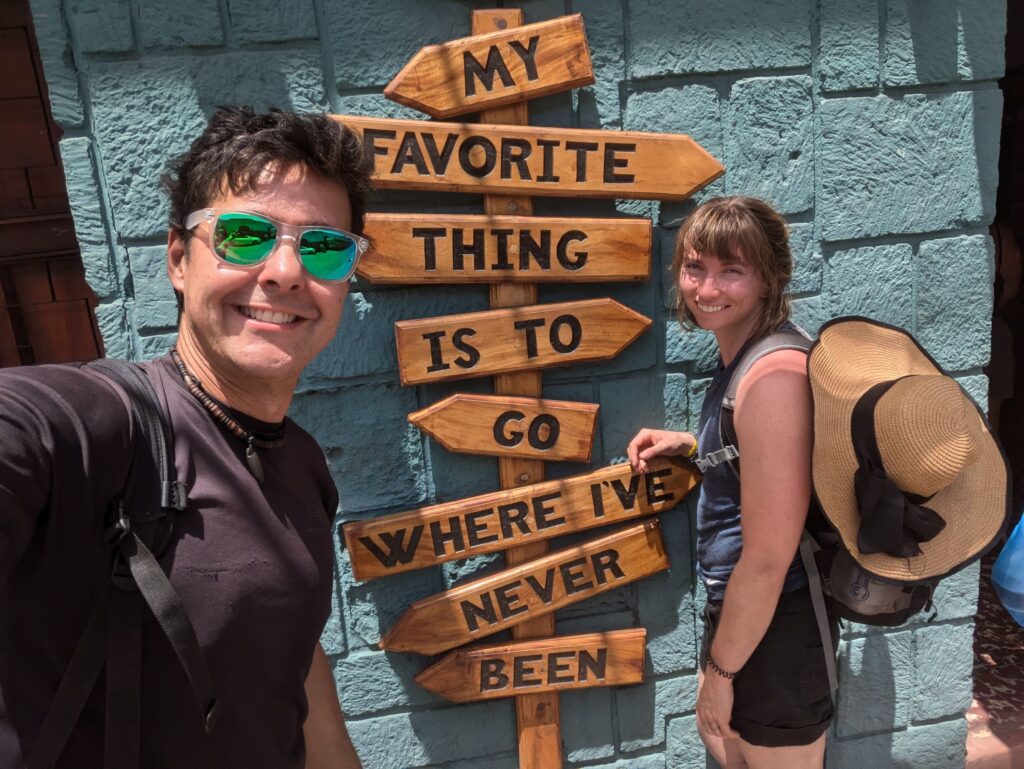
¡Pura Vida! (Yes, they use it in Nicaragua too!)

